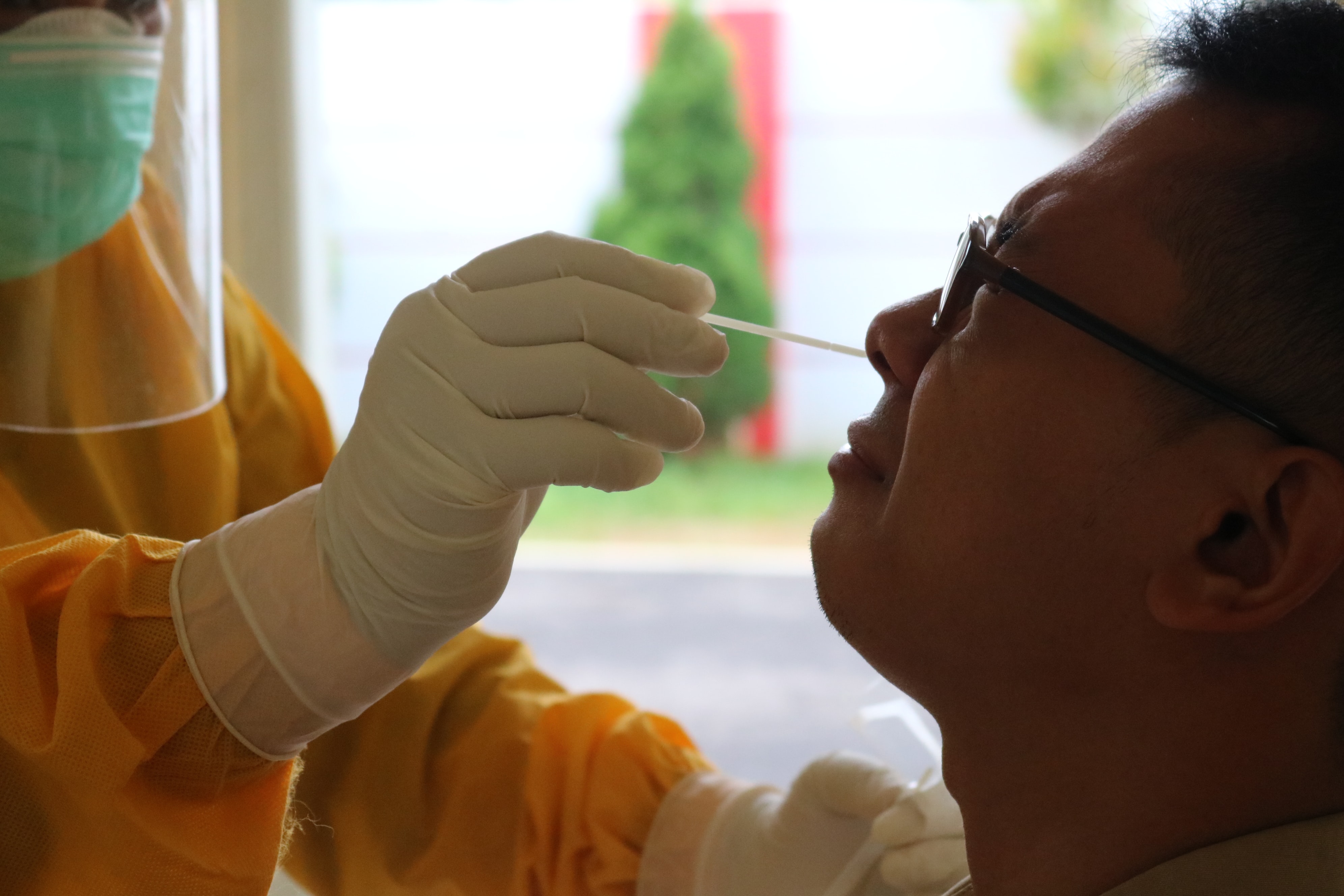Media release
From:
Peer reviewed Survey People
Why don’t people with COVID-19 symptoms get tested?
UK Zoe COVID Symptom Study and University of Maryland Global COVID-19 Trends and Impact Survey identifies risk factors for adults not getting tested for COVID-19
Mild symptoms, poor knowledge of nearby testing sites, and certain demographic factors have been identified as barriers to COVID-19 testing, according to a new study of more than 4 million adults in the UK published this week in the open-access journal PLOS Global Public Health by Christina M. Astley of Boston Children’s Hospital, US, and colleagues from King’s College London. Testing is a crucial component of the COVID-19 public health response, even as countries roll out vaccination campaigns. In the UK, free PCR COVID-19 tests are offered to people with any of three symptoms: a high temperature, a new, continuous cough, or a change in their sense of smell or taste. However, more than a quarter of people in the UK reporting these symptoms don’t get tested.
In the new study, Astley and colleagues analyzed data on 4.3 million people enrolled in the UK Zoe COVID Symptom Study, who use a smartphone app to self-report COVID symptoms and test results. They sent follow-up surveys at the end of 2020 to nearly 5,000 people who reported COVID-19 symptoms but no test. The researchers also studied more than 700,000 responses, received between April 2020 and February 2021, from UK participants of the University of Maryland Global COVID-19 Trends and Impact Survey (UMD-CTIS), an ongoing survey partially carried out on Facebook.
The proportion of Zoe participants reporting COVID-19 testing among those reporting symptoms has increased over time, the study found, from less than 20% in April 2020 to more than 70% in January 2021. The odds of a symptomatic person not testing were higher for those with just one symptom compared to more symptoms (27.1% versus 14.6%, p<0.001), and for those with symptoms lasting two or fewer days compared to those with longer-lasting symptoms (30.1% vs 14.6% p<0.001). Overall, 40.4% of survey respondents were not able to name all three test-qualifying symptoms. Symptom identification decreased for every decade of age (OR = 0.908 [95% CI 0.883–0.933]). Amongst symptomatic UMD-CTIS respondents who wanted to test but did not have a test, not knowing where to go was the most cited factor (32.4%); this increased for each decade older (OR = 1.207 [1.129–1.292]) and for every 4 years fewer of education (OR = 0.685 [0.599–0.783]).
The authors conclude that greater efforts and improved messaging are needed to educate the UK public about testing recommendations. The findings, they say, support the need for targeted messaging to certain at-risk demographic groups, and an emphasis that even individuals with mild or transient symptoms may have COVID-19 and should get tested.
The authors add: “Knowing when and where to get a test is crucial to curbing COVID-19 transmission, yet one in four people with the UK test-qualifying symptoms of fever, cough, or loss of smell did not get tested. Over a third of these individuals did not recognize the three symptoms that would qualify them for a test, and about a third of those who wanted testing did not know where to go, indicating that more effective education is needed to close the testing gap.
These findings have international public health implications, too. Test uptake in the UK might be relatively high compared to other regions, given it has free tests, clear and consistent symptom criteria, and a national booking infrastructure. This suggests even greater efforts may need to be made to overcome knowledge barriers in countries with more fragmented testing infrastructure or more nuanced testing criteria.”



 International
International



